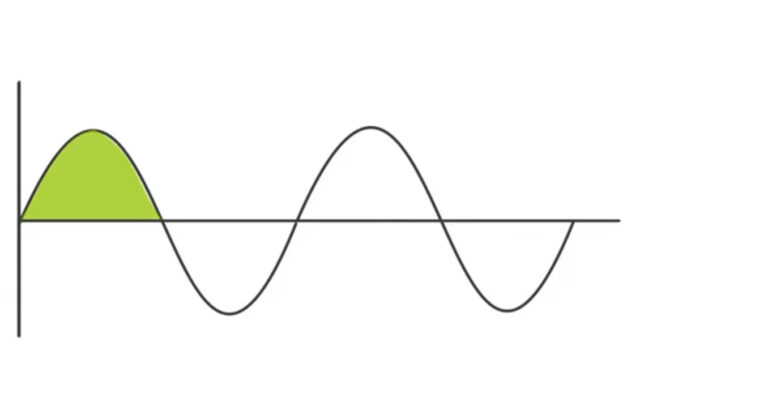
What Is a SEG? Demystifying Seismic Data Standards
In the vast expanse of seismic exploration, the term SEG-Y emerges as a puzzle, taking on various written forms such as SEGY, SEG Y, or SEG-Y, all converging on the pronounced ‘seg why.’
Beyond the intricacies of its nomenclature lies SEG-Y, a pivotal component in the domain of seismic data. This exploration delves into the evolutionary path of SEG-Y standards, the intricate details of SEG-Y files, and the transformative influence of Revision 2.
Decoding SEG-Y: What is a SEG-Y?
Unlocking the acronym’s true identity, SEG-Y stands for seismic data. Whether written as SEGY, SEG Y, or SEG-Y, its pronunciation remains the enigmatic ‘segg why.’ So, what is a SEG-Y in the vast world of seismic exploration? Unraveling the complexities behind this seismic substance involves understanding its standards and role in the industry.
Evolution of SEG-Y Standards: A Journey Through Time
Surveying the seismic data landscape reveals the significance of Revision 2, announced in 2013. This revision brings about monumental changes, addressing the demands of Big Data in seismic exploration and solidifying SEG-Y’s crucial role in the evolving industry.
Unraveling SEG-Y Files: A Comprehensive Look
When venturing into the realm of seismic data, the loading process of SEG-Y files becomes a critical phase. It’s a meticulous dance with data intricacies, and understanding this process is essential for smooth integration. The EBCDIC header, despite its richness in information, often leaves a few gaps.
Coordinating the coordinate system, datum, processing report, and dates within the header can be a puzzle. The headers, depicted in light blue, guide the way to the treasure trove of seismic information stored in the darker blue traces.
Venturing into SEG-Y files can be a messy affair. Coordinate systems, datums, and trace lengths might not always align with expectations. Navigating this complexity requires finesse, and those with expertise in data loading deserve appreciation. When the loading process becomes challenging, offering a helping hand, hugs, and a cup of hot tea to your data-loading guru can go a long way.
Seize success in Seg Machine Learning with ‘There’s Still Time’.
Embracing Rev 2: A Breakdown of Key Features
The seismic standards world witnessed a significant leap with Revision 2. According to a presentation by Jill Lewis (Troika International), the main features are game-changers. Trace header extensions now allow for 240 bytes, accommodating detailed information.
The support for up to 2.1 billion samples per trace and traces per ensemble caters to the colossal demands of Big Data, especially with techniques like variable timing acquisition and microseismic becoming prominent.
Additionally, the inclusion of 3-byte and 8-byte sample formats, microsecond date and time stamps, and enhanced precision in coordinates and depths makes Revision 2 a seismic evolution.
In terms of backward compatibility, Revision 2 maintains harmony with Rev 1, as long as undefined fields are filled with binary zeros. With a capacity of two billion samples at microsecond intervals, exceeding 30 minutes, Revision 2 is strategically poised to handle the challenges posed by the ever-expanding landscape of seismic exploration.
Tactic 1: Optimizing SEG-Y File Loading for Efficiency
In the intricate process of loading SEG-Y files, efficiency is paramount. One tactic involves meticulous validation of the EBCDIC header. While it serves as a rich source of information, ensuring consistency in the coordinate system, datum, and processing report is crucial.
Employing automated validation scripts can streamline this process, minimizing errors and enhancing the overall loading efficiency. This tactic not only expedites the loading phase but also contributes to the accuracy of the seismic data interpretation.
Tactic 2: Enhancing Trace Navigation Precision
Navigating through SEG-Y files demands precision, especially when dealing with coordinate references and trace details. A tactical approach involves leveraging advanced algorithms for trace header interpretation. By fine-tuning these algorithms, professionals can enhance the accuracy of coordinate systems, depths, and elevations.
This tactic is particularly beneficial when dealing with large datasets, as it ensures a meticulous alignment of trace information. The result is a more precise understanding of the seismic data, empowering exploration teams with reliable insights for decision-making.
These tactics, when incorporated into the SEG-Y file loading process, contribute to a seamless and efficient exploration journey. By optimizing loading procedures and enhancing trace navigation precision, seismic data professionals can extract valuable insights with increased accuracy and speed.
Conclusion
As seismic data continues to evolve, the integration of Revision 2 into industry practices signifies a pivotal moment. With its capability to handle vast amounts of data and adapt to emerging techniques, seismic exploration enters a new era.
Navigating the intricacies of SEG-Y files, understanding loading processes, and embracing advancements like Revision 2 form the foundation for a promising future in the dynamic field of seismic exploration.

















